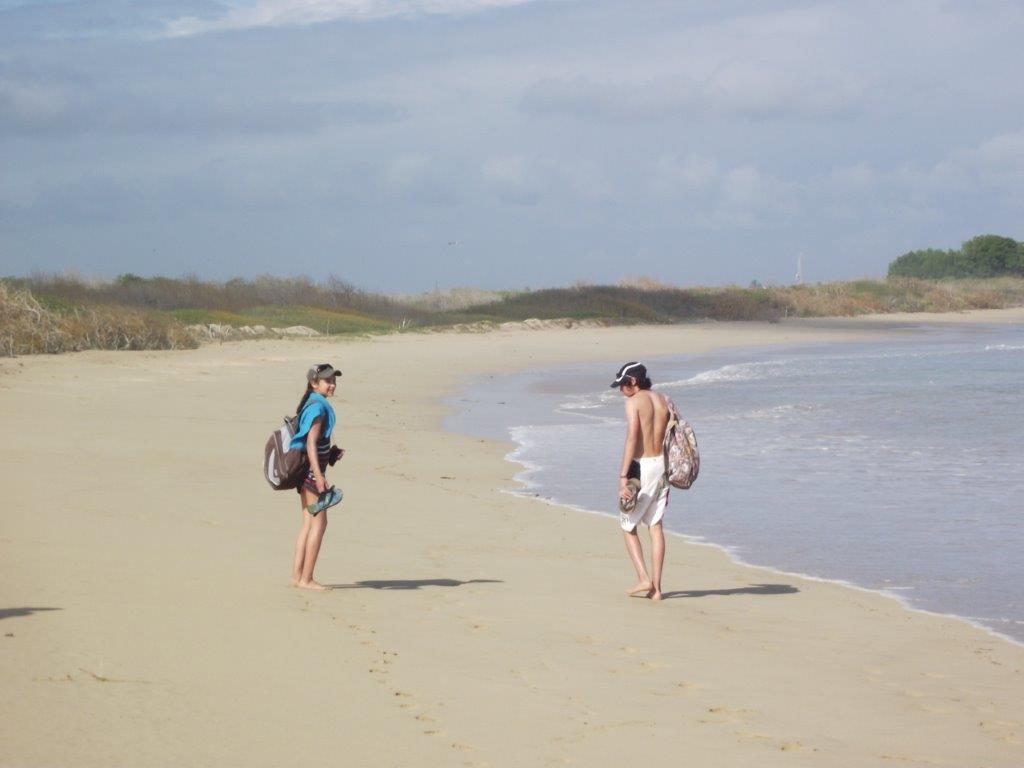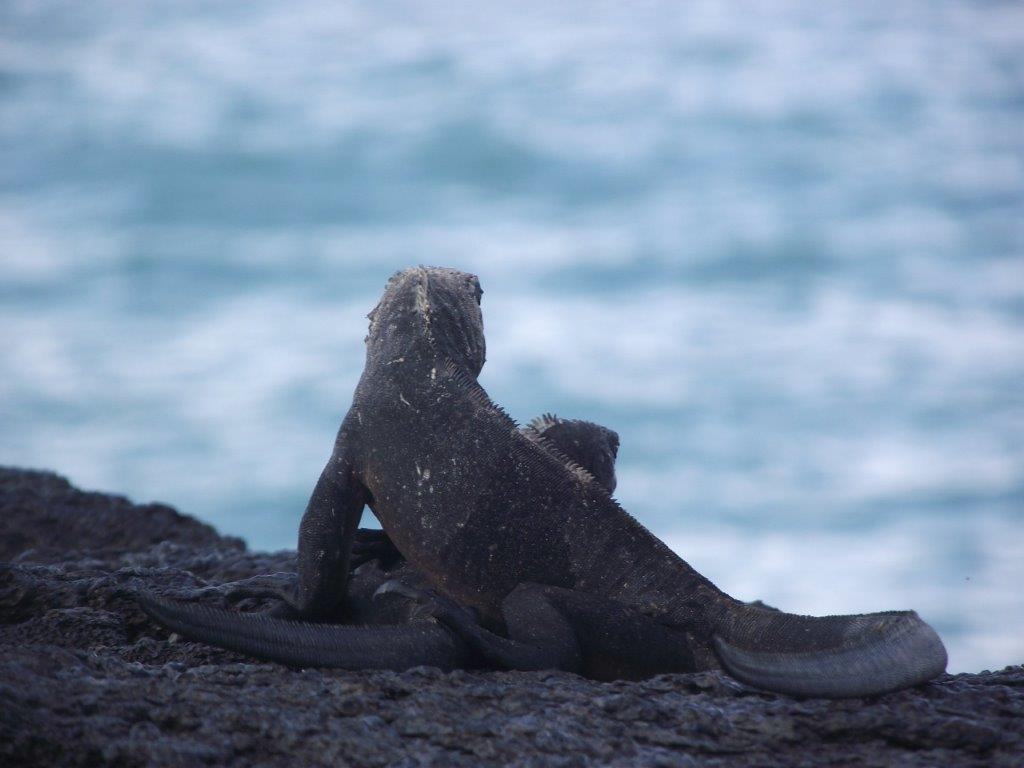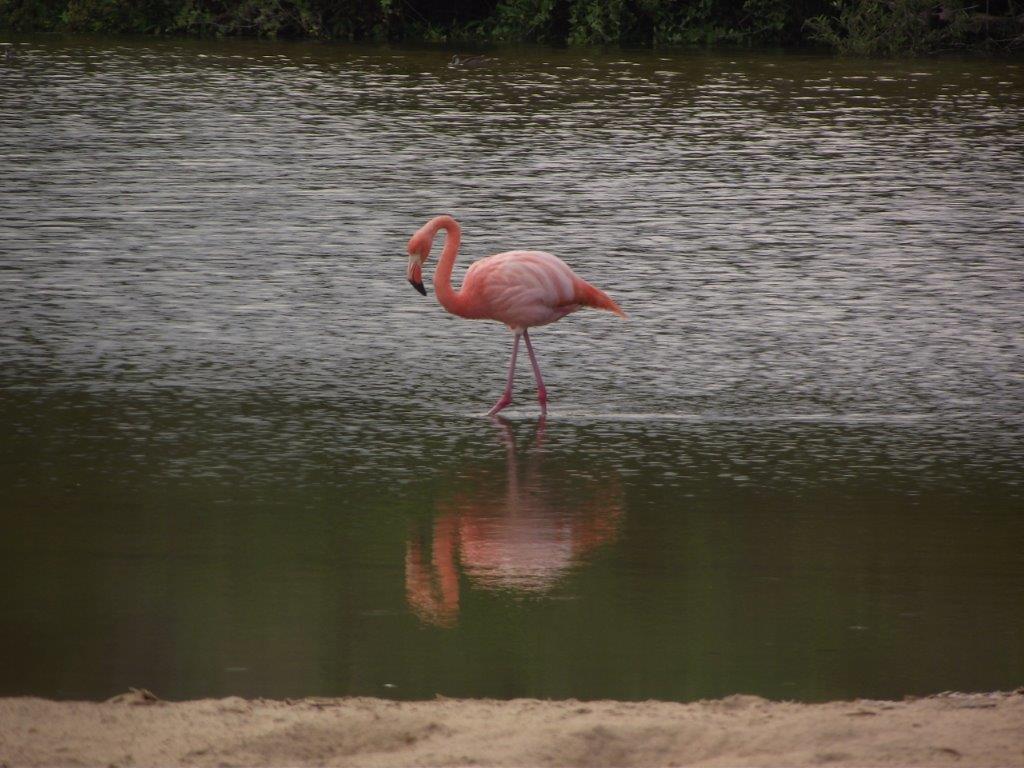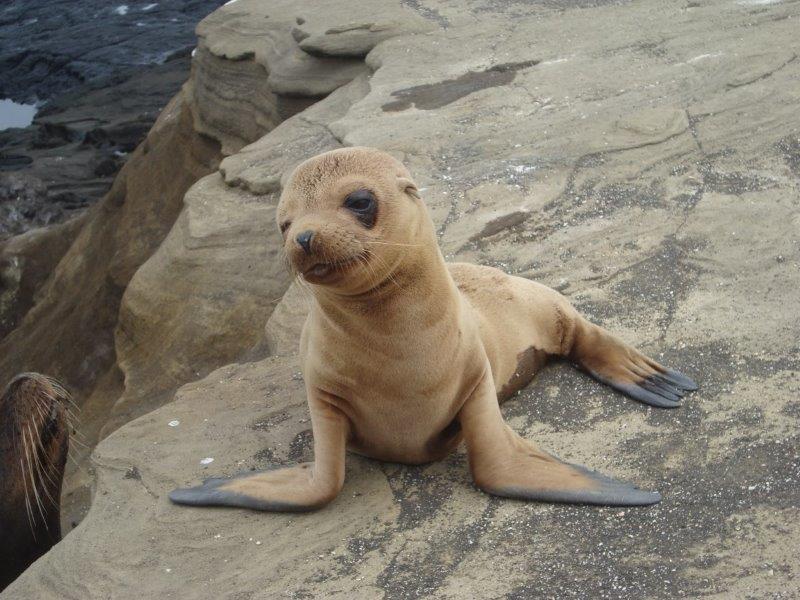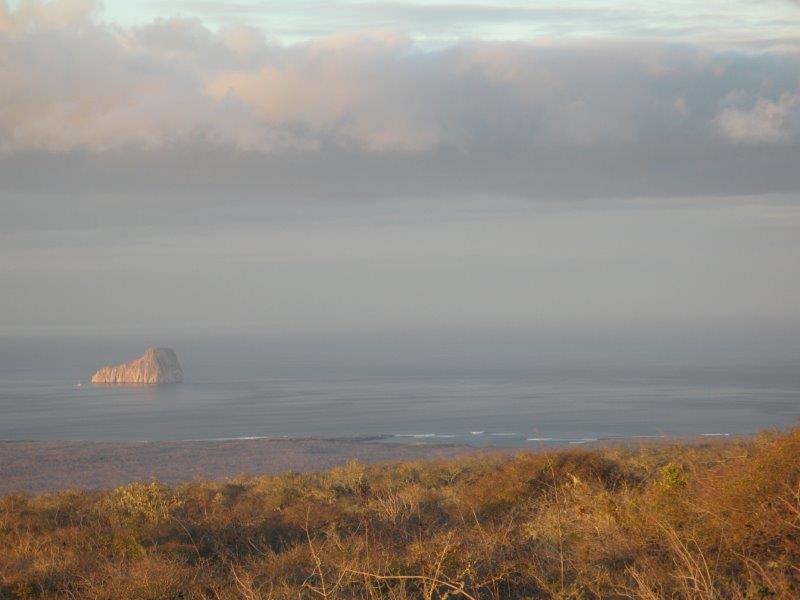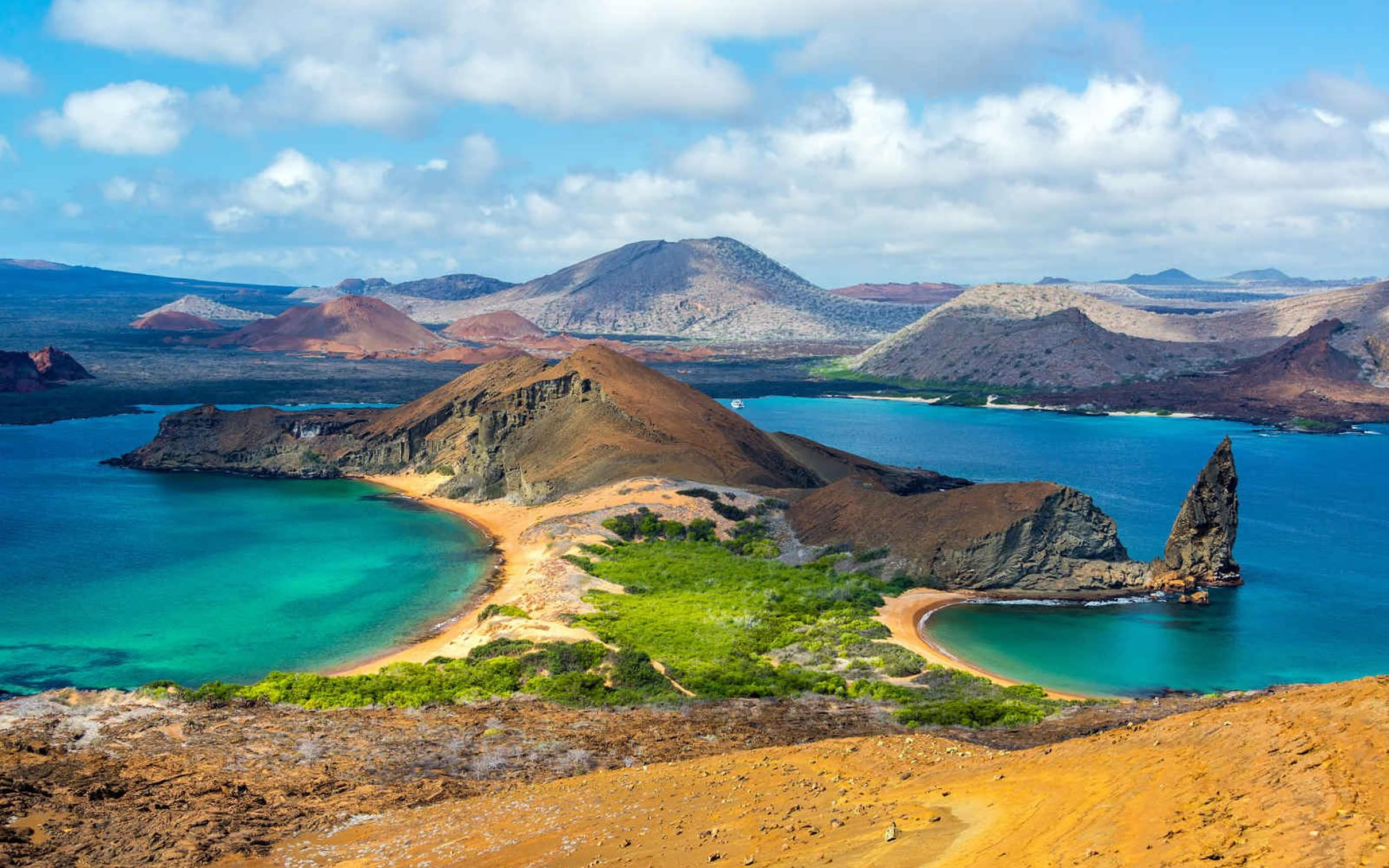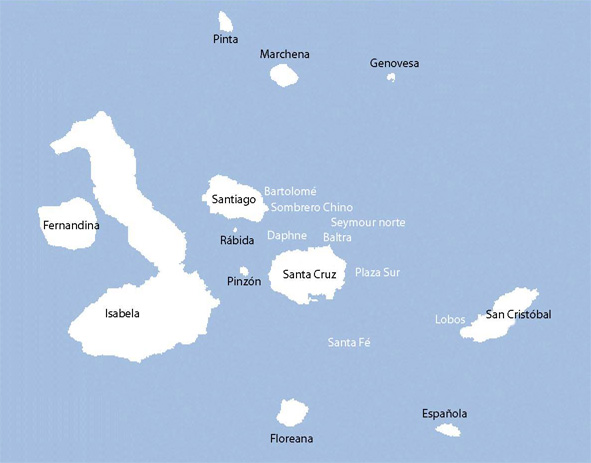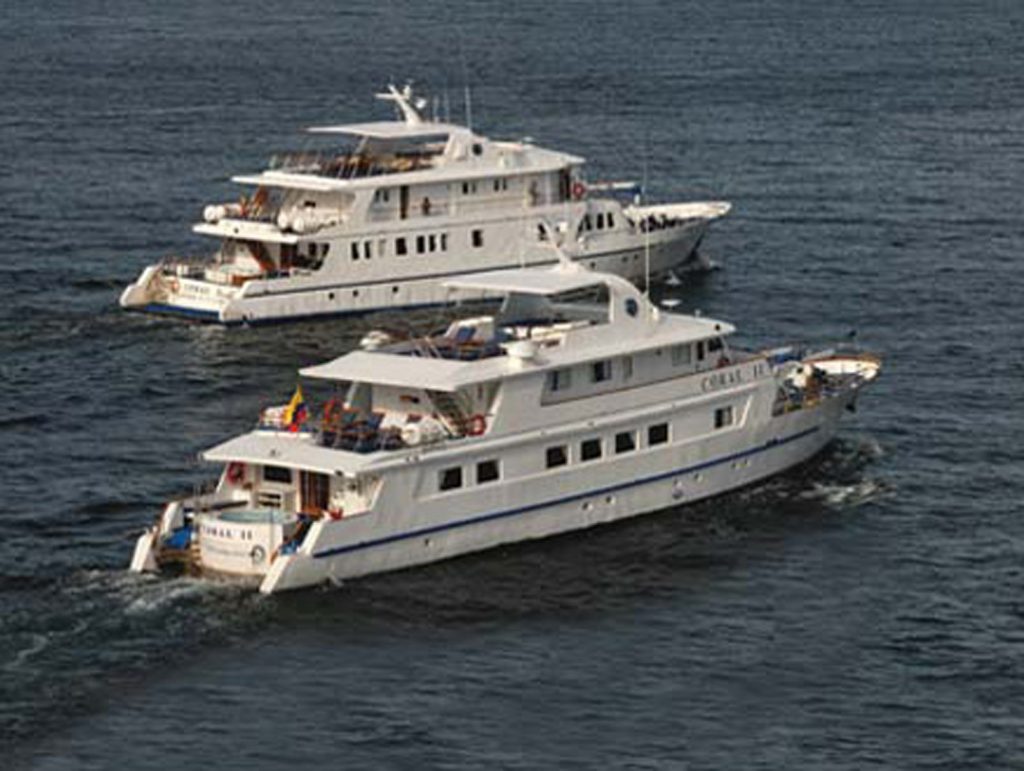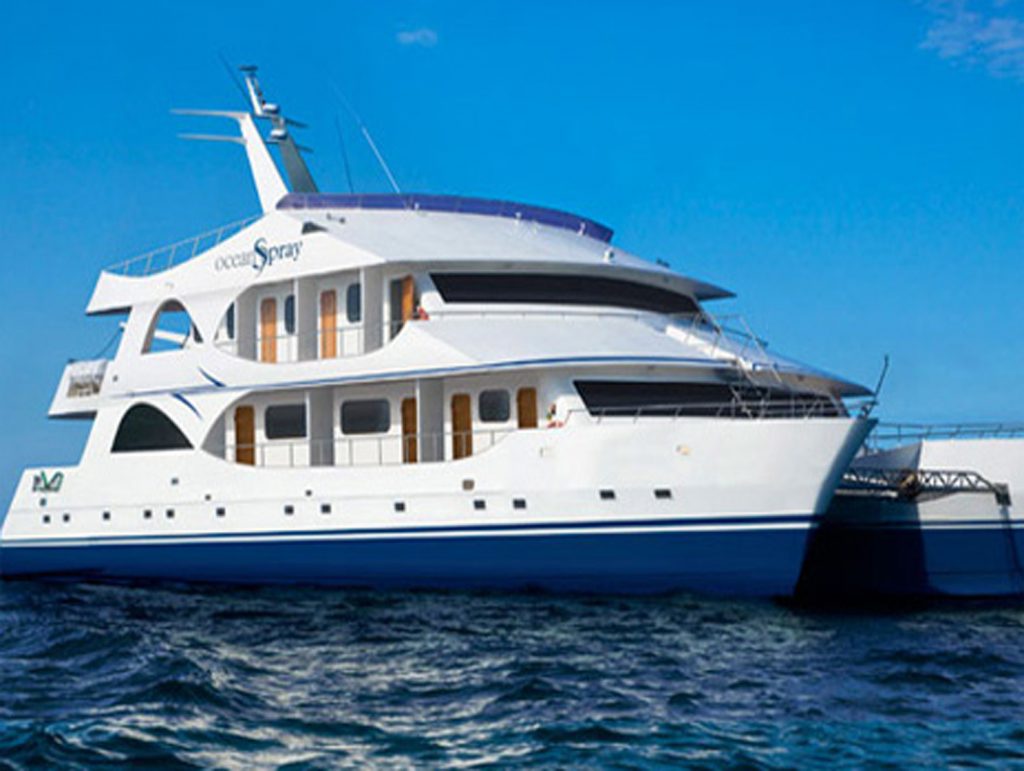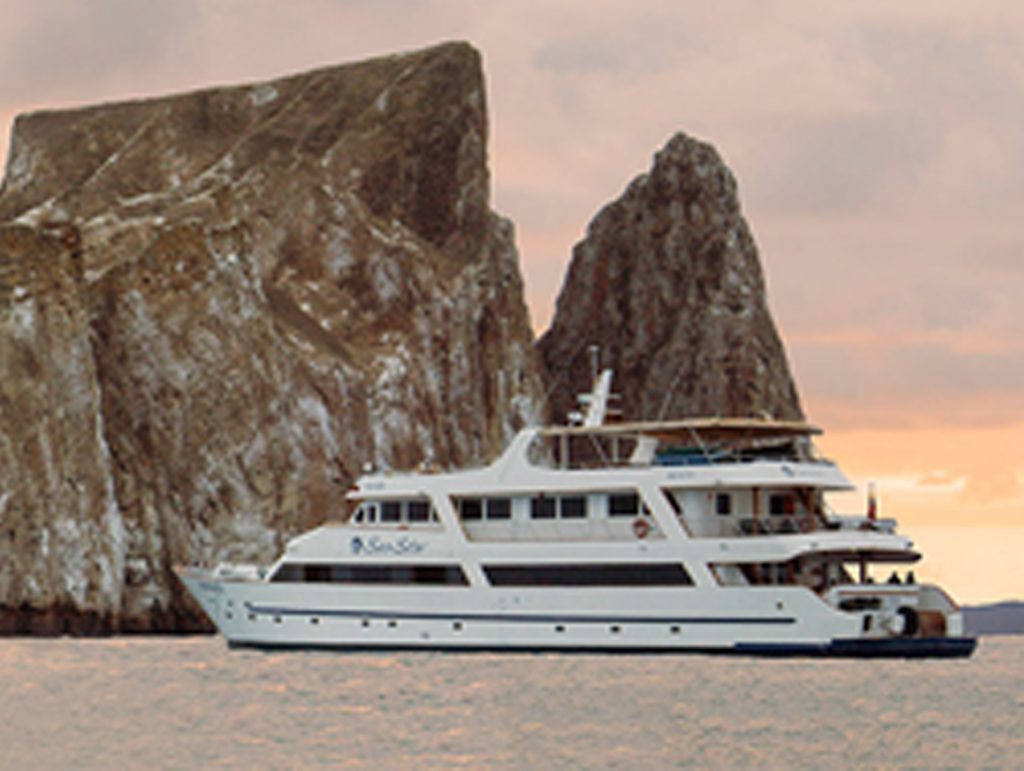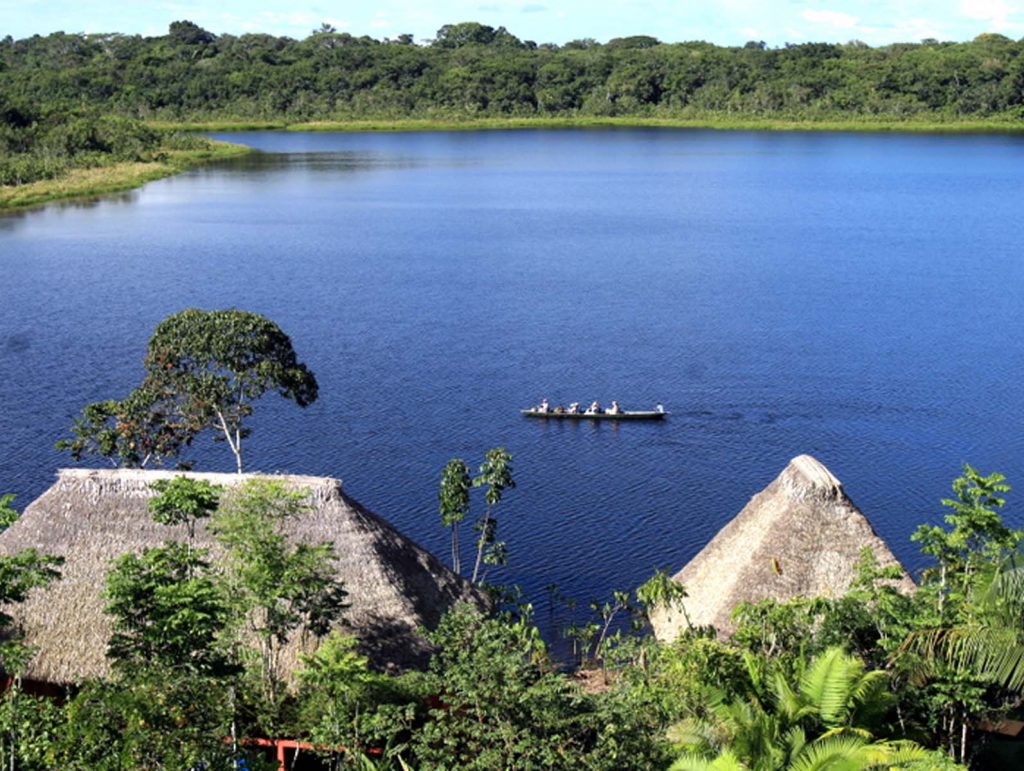By mentioning the Galápagos Islands or reading the famous book “On the Origin of Species” written by the renowned English naturalist Charles Darwin, we can understand that the Galápagos Islands hold a true mystery and a paradise still preserved from our modern world.
The Galápagos are a sanctuary of extraordinary wildlife and the home of unique endemic species. This volcanic archipelago shelters astonishing creatures such as giant tortoises, land and marine iguanas, cormorants, albatrosses, penguins, sea lions, blue-footed boobies, and tens of thousands of birds.
The Galápagos Archipelago, of volcanic origin, lies in the Pacific Ocean, about 1,000 kilometers off the Ecuadorian coast. It is composed of 13 main islands, 6 smaller ones, and 49 rocky islets, covering a total area of 7,850 km².
The archipelago was declared a Natural World Heritage Site and a Biosphere Reserve by UNESCO in 1979.
The largest island is Isabela, with an area of 4,590 km².
The highest point of the archipelago is Wolf Volcano (1,690 meters above sea level), also located on Isabela.
The entire archipelago is managed by the Galápagos National Park.
The inhabited areas are as follows:
Santa Cruz Island: village of Puerto Ayora (the most touristic village in the archipelago)
San Cristóbal Island: village of Puerto Baquerizo Moreno (the administrative capital of the archipelago)
Isabela Island: village of Puerto Villamil
Floreana Island: a very small settlement known as Floreana
The total population of the islands is 16,109 inhabitants.
Geology:
Formed 4 to 5 million years ago as a result of volcanic eruptions on the ocean floor, the Galápagos Islands are recognized as the archipelago with the highest volcanic activity in the world. Several islands were created by eruptions from volcanoes that were completely submerged under the ocean.
The Baltra and North Seymour islands were formed by tectonic movements.
The Islands:
Tourism could potentially disturb the delicate balance of the islands and their fragile ecosystem; for this reason, the Galápagos National Park has designated more than 50 sites open to visitors, with strictly controlled circuits to preserve the natural environment.
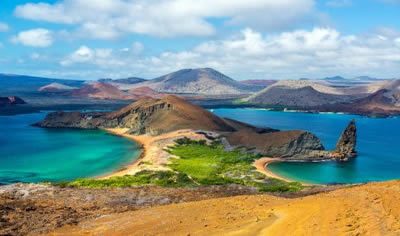

Description of the Islands
Baltra
This island has an airport and will be your point of arrival in the Galápagos. There are no nearby hotels; the closest town is Puerto Ayora, about 45 minutes away by transport.
Santa Cruz
The second largest island, with an area of 986 km².
Main town: Puerto Ayora
Some sites to visit on this island:
Charles Darwin Research Station:
While most visitors to the Galápagos come to observe and enjoy the natural wonders that the islands offer, they are also interested in the various environmental protection and conservation programs implemented here.
The main attractions of the Park Information Center include:
-
The Van Staelen Exhibition Hall
-
The breeding and reintroduction center for young tortoises, as well as several adult Galápagos tortoises kept in captivity.
Las Bachas:
Located west of Turtle Cove, the sand of these two small beaches is made of coral, giving it a white and soft texture, ideal for sea turtle nesting. Behind one of the beaches lies a small lagoon where flamingos and other birds, such as the black-necked stilt and the wandering tattler, can often be seen. On the other, longer beach, there are two barges abandoned during World War II. The United States used Baltra as a military base to protect the Panama Canal.
The Highlands of Santa Cruz:
The road to the highlands begins at Bellavista and passes through agricultural lands near the National Park boundary. On clear days, the highlands offer beautiful landscapes, an impressive lava tunnel, and two inactive volcanic cones side by side: the Twin Craters.
Tortuga Bay:
The trail to Tortuga Bay is perfect for birdwatching, especially Darwin’s finches. Many consider this white sand beach the most beautiful in the archipelago. Its name comes from the sea turtles that nest here. The sunsets are spectacular. The main beach is great for surfing, while the western cove is ideal for swimming and snorkeling. You can observe flamingos, marine iguanas, and pelicans.
Plazas Islands
Two small islets located near the eastern coast of Santa Cruz. Despite their size, they host some of the most unique and interesting species of the archipelago. The main attractions are the land iguanas, sea lions, and swallow-tailed gulls. You can also spot yellow-tailed mullets, Audubon shearwaters, tropicbirds, frigatebirds, and brown pelicans flying along the cliffs.
North Seymour
Located north of Baltra, North Seymour is a low, flat island formed by an underwater volcanic uplift. It is home to the largest frigatebird colony in the Galápagos and a large population of blue-footed boobies, which perform fascinating courtship dances during breeding season.
Bartolomé
This small island, located near Sullivan Bay across from Santiago Island, has two main visitor sites. The first allows you to climb to the top of the island and enjoy a spectacular panoramic view — the classic postcard image of the Galápagos — with extraordinary volcanic formations.
The second site offers a beautiful beach ideal for snorkeling. You can see colorful fish and occasionally penguins and sea turtles near Pinnacle Rock. A short walk along the second beach gives you the chance to safely observe white-tipped reef sharks swimming along the shore.
Santiago Island
Puerto Egas: this island was the site of a former salt mine in the 1960s, one of many failed attempts at exploitation in the Galápagos. A walk to the salt crater offers a great opportunity to observe land birds such as finches, doves, and hawks. Exploring the rocky coastline — especially at low tide — reveals sunbathing iguanas, sea lions, and a wide range of marine species. At the end of the trail, sea caves shelter fur seals and night herons.
Sullivan Bay:
Here you can see lava flows about a hundred years old. This type of lava, called Pāhoehoe (“rope” in Hawaiian), is rough and rippled, common in both Hawaii and the Galápagos. Only a few plants have managed to grow in this hostile environment.
Chinese Hat:
This small island southeast of Santiago’s tip covers less than half a square kilometer. It is a recent volcanic formation named for its resemblance to a Chinese hat. Along the rocky shore of Santiago, opposite Chinese Hat, you can spot Galápagos penguins and eagle rays. The island also hosts a large colony of sea lions and marine iguanas that cover the volcanic rocks.
Rábida
This island, with its red volcanic sand, is home to pelicans and a sea lion colony. A short walk leads to a lagoon inhabited by pink flamingos and pintail ducks. Nine species of Darwin’s finches live on this island.
Santa Fe
Santa Fe is one of the most enjoyable destinations in the Galápagos. There are two possible trails: one leads to the largest Opuntia cactus in the archipelago, and the other allows you to observe land iguanas. After a long walk, there’s nothing better than swimming in calm waters alongside playful sea lions.
Floreana
Post Office Bay: a wooden barrel installed in the 18th century by a whaling ship crew serves as a makeshift post office. Whalers and Galápagos residents left letters there, hoping some captain would deliver them to their destination. Why not test if it still works?
Punta Cormorant: this site features the largest flamingo lagoon in the islands, nestled between two volcanic cones that create a unique landscape. You can also spot whimbrels, Bahama pintails, and other migratory birds. The area is rich in endemic plant species and has two distinct beaches: a green sand beach due to olivine crystals, and a white coral beach.
Española
Gardner Bay: located on the northeastern coast of Española, this is the perfect beach to relax, swim, and observe sea lions. In its clear waters, you might even spot sharks.
Punta Suárez: this rocky area is home to a large variety of seabirds. The famous blowhole, a lava tube where waves shoot up to twenty meters high, is one of the main attractions.
San Cristóbal
Interpretation Center: built in cooperation with the Spanish Scientific Center, this site offers an excellent introduction to the Galápagos Islands, their marine and terrestrial fauna, and flora. It is located near Puerto Baquerizo Moreno, the provincial capital.
Trail to Tijeretas Hill:
The hike takes between 20 and 40 minutes. From the top, visitors enjoy breathtaking views of white beaches on one side and Puerto Baquerizo’s rooftops on the other. The name comes from the frigatebirds that nest there. This site also offers safe snorkeling for beginners, where you can observe rays, barberfish, and butterflyfish.
Isla Lobos:
A small islet about an hour by boat from Puerto Baquerizo Moreno, separated from the main island by a narrow, calm channel. Its rocky shores are home to blue-footed boobies and sea lions. The atmosphere is one of tranquility and pristine beauty, reflecting the typical Galápagos environment.
Genovesa
One of the most untouched and uninhabited islands, probably due to its remote location. Prince Philip’s Steps is a paradise for bird lovers, hosting large colonies of red-footed boobies, masked boobies, frigatebirds, tropicbirds, petrels, swallow-tailed gulls, Galápagos doves, dark gulls, Darwin’s finches, and short-eared owls. The visit ends at a coral beach, a perfect spot for snorkeling among sea lions and even spotting hammerhead sharks.
Isabela
Isabela is the largest island in the archipelago, formed by five volcanoes, the highest being Wolf Volcano.
Puerto Villamil: a small fishing port, rarely visited by tourists. The Sierra Negra Volcano is one of the most impressive in the archipelago and has the second-largest crater in the world, after Ngorongoro in Africa.
Punta Moreno: located in the southeast, this site begins with a landing on an enormous lava flow where pioneer plants grow. You then reach natural lagoons inhabited by gallinules, ducks, frigatebirds, pelicans, and occasionally pink flamingos and pied-billed grebes

